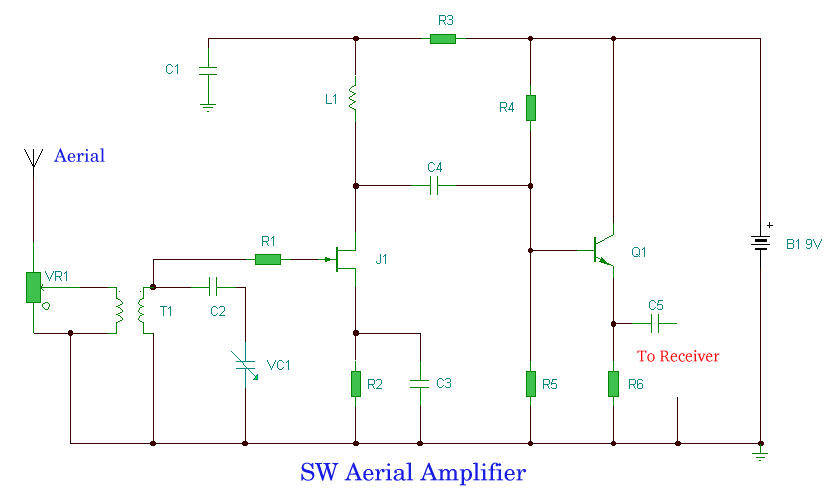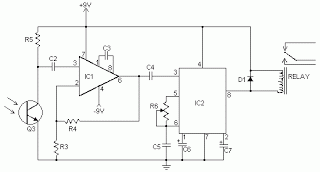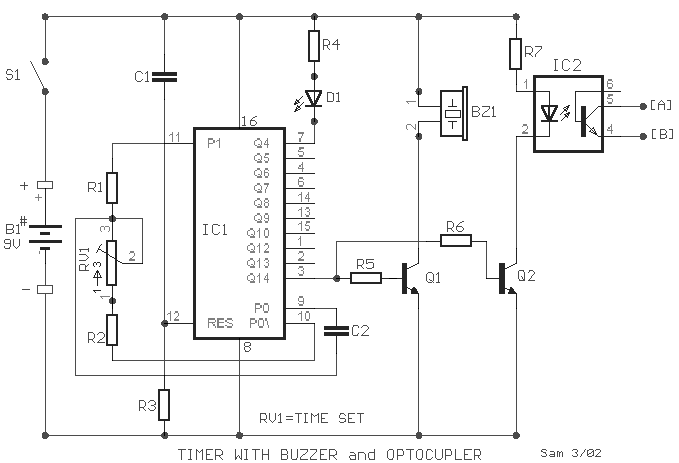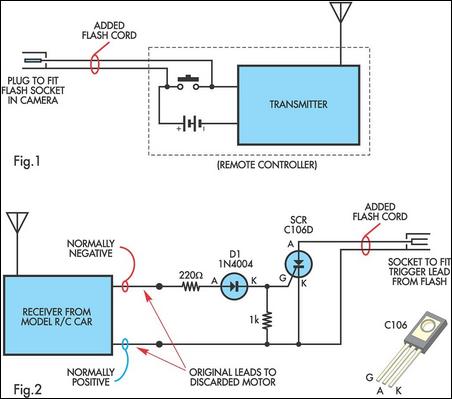
MSF radio time receiver
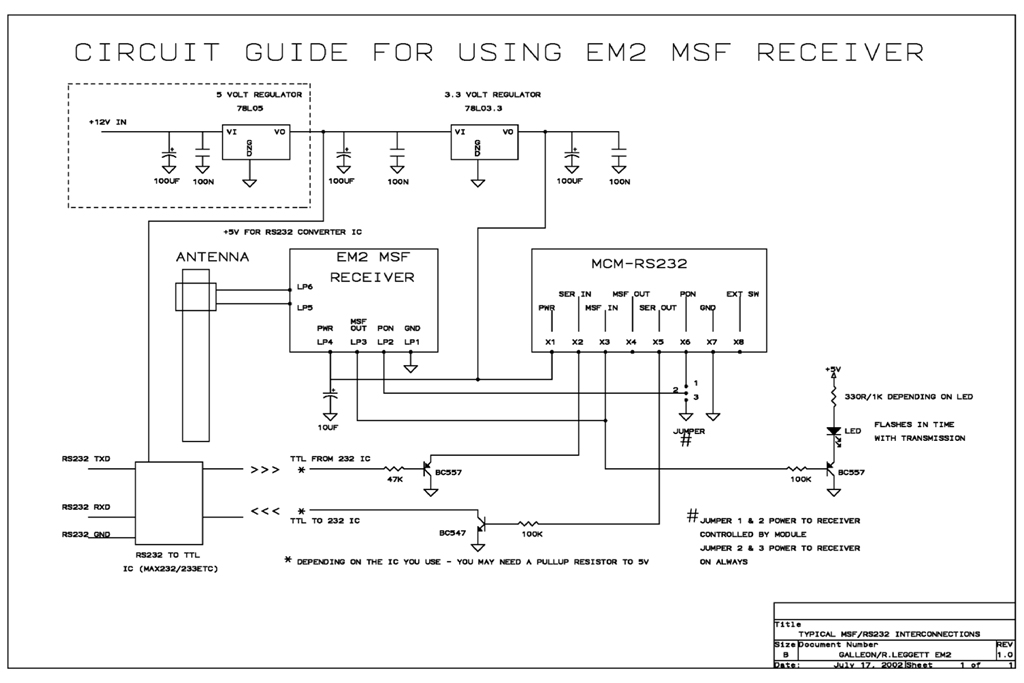
Instructions for utilizing the Galleon System modules to construct a radio time receiver designed to capture the 60 kHz MSF time signal emitted from the atomic clock located in Anthorn, Cumbria.
The Galleon System modules offer a versatile platform for constructing a radio time receiver capable of accurately receiving the 60 kHz MSF time signal. This signal is broadcasted from the National Physical Laboratory's atomic clock in Anthorn, Cumbria, and is widely used for synchronizing timekeeping devices.
To build the radio time receiver, the following components and steps are essential:
1. **Galleon System Modules**: Select the appropriate Galleon System modules, which typically include a microcontroller, RF receiver module, and a power supply. The microcontroller will handle signal processing and time decoding.
2. **Antenna**: An efficient antenna designed for 60 kHz reception is crucial. A loop antenna or a ferrite rod antenna can be used to enhance the sensitivity to low-frequency signals.
3. **RF Receiver Module**: Integrate an RF receiver module capable of tuning into the 60 kHz frequency. This module should have a good selectivity and sensitivity to ensure accurate signal reception.
4. **Signal Processing**: The microcontroller will require programming to decode the MSF time signal. The MSF signal includes time information encoded in a specific format, which needs to be interpreted correctly by the microcontroller.
5. **Power Supply**: Ensure a stable power supply for the entire circuit. This can be achieved using batteries or a regulated power adapter, depending on the application.
6. **Output Display**: Incorporate a display module, such as an LCD or LED, to present the decoded time information. This allows users to easily read the time received from the MSF signal.
7. **Testing and Calibration**: Once the circuit is assembled, testing is necessary to ensure proper reception of the MSF signal. Adjustments may be required for the antenna or the RF module to optimize performance.
By following these guidelines and utilizing the Galleon System modules effectively, a reliable radio time receiver can be constructed to synchronize time accurately with the atomic clock signal from Anthorn, Cumbria. This project not only demonstrates the practical application of electronic components but also provides a hands-on experience in radio frequency communication and timekeeping technology.How to use the Galleon System modules to build a radio time receiver to use the 60 kHz MSF time signal from the atomic clock at Anthorn Cumbria.. 🔗 External reference
The Galleon System modules offer a versatile platform for constructing a radio time receiver capable of accurately receiving the 60 kHz MSF time signal. This signal is broadcasted from the National Physical Laboratory's atomic clock in Anthorn, Cumbria, and is widely used for synchronizing timekeeping devices.
To build the radio time receiver, the following components and steps are essential:
1. **Galleon System Modules**: Select the appropriate Galleon System modules, which typically include a microcontroller, RF receiver module, and a power supply. The microcontroller will handle signal processing and time decoding.
2. **Antenna**: An efficient antenna designed for 60 kHz reception is crucial. A loop antenna or a ferrite rod antenna can be used to enhance the sensitivity to low-frequency signals.
3. **RF Receiver Module**: Integrate an RF receiver module capable of tuning into the 60 kHz frequency. This module should have a good selectivity and sensitivity to ensure accurate signal reception.
4. **Signal Processing**: The microcontroller will require programming to decode the MSF time signal. The MSF signal includes time information encoded in a specific format, which needs to be interpreted correctly by the microcontroller.
5. **Power Supply**: Ensure a stable power supply for the entire circuit. This can be achieved using batteries or a regulated power adapter, depending on the application.
6. **Output Display**: Incorporate a display module, such as an LCD or LED, to present the decoded time information. This allows users to easily read the time received from the MSF signal.
7. **Testing and Calibration**: Once the circuit is assembled, testing is necessary to ensure proper reception of the MSF signal. Adjustments may be required for the antenna or the RF module to optimize performance.
By following these guidelines and utilizing the Galleon System modules effectively, a reliable radio time receiver can be constructed to synchronize time accurately with the atomic clock signal from Anthorn, Cumbria. This project not only demonstrates the practical application of electronic components but also provides a hands-on experience in radio frequency communication and timekeeping technology.How to use the Galleon System modules to build a radio time receiver to use the 60 kHz MSF time signal from the atomic clock at Anthorn Cumbria.. 🔗 External reference

